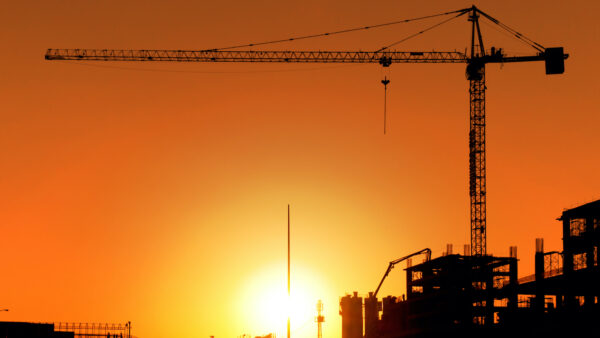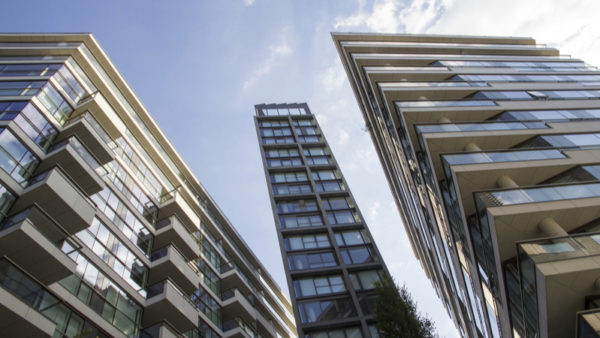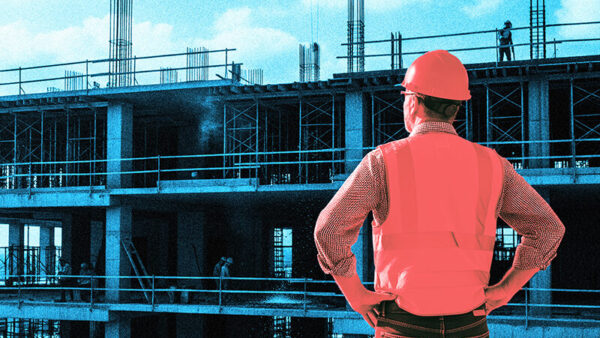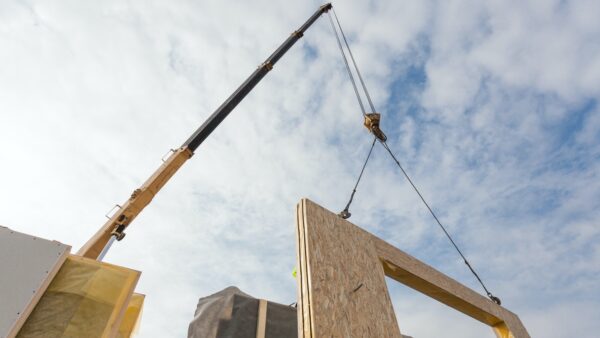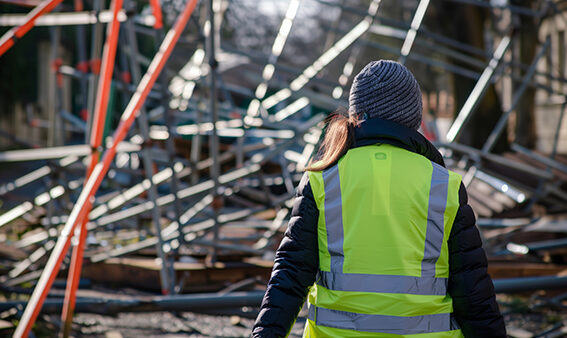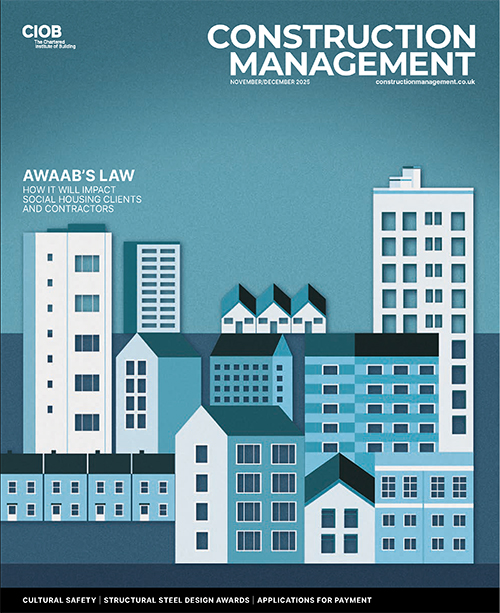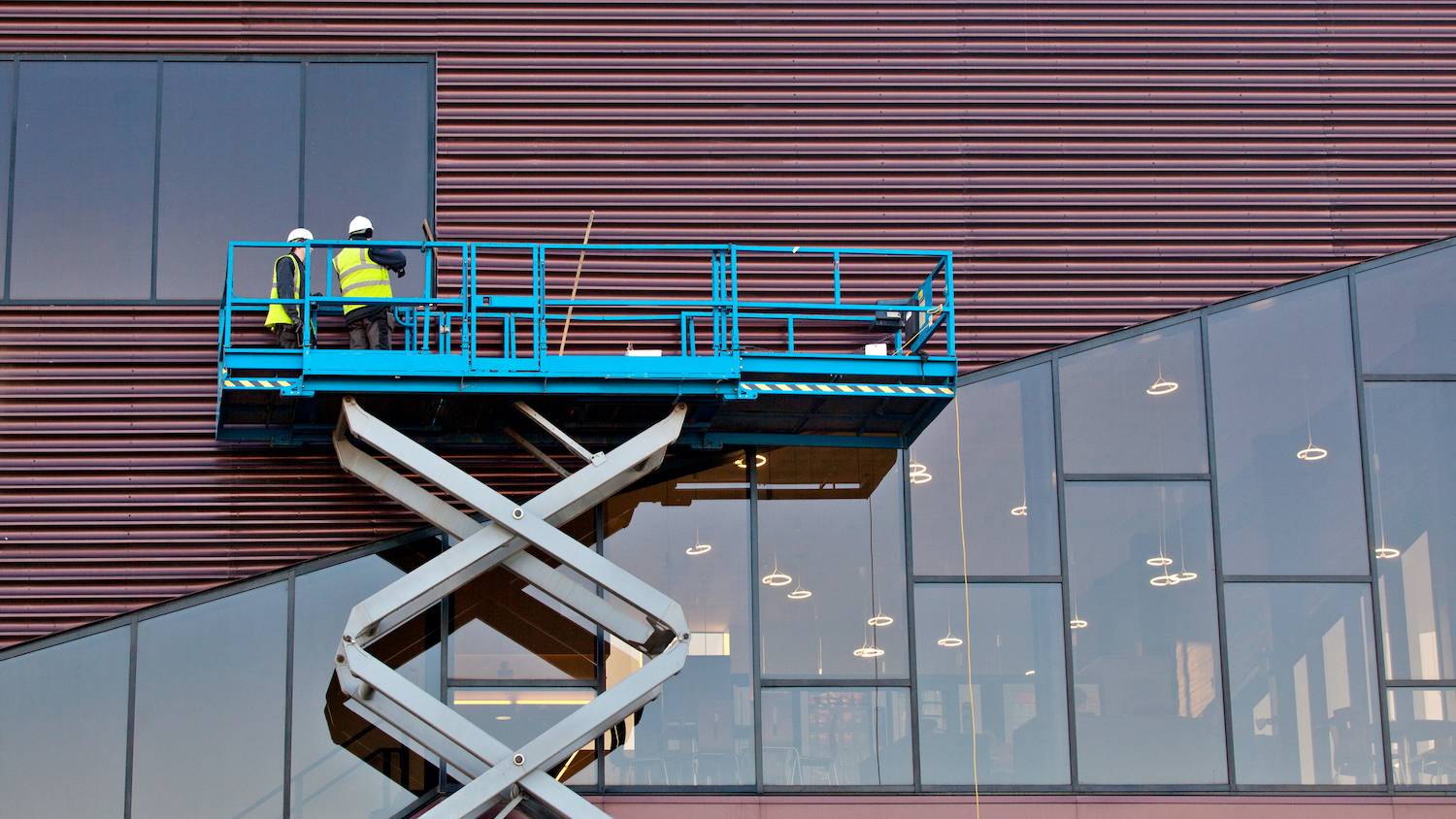Douglas Rhodes examines whether the measures introduced by the Building Safety Act 2022 have actually become one of the obstacles to the government’s Remediation Acceleration Plan.
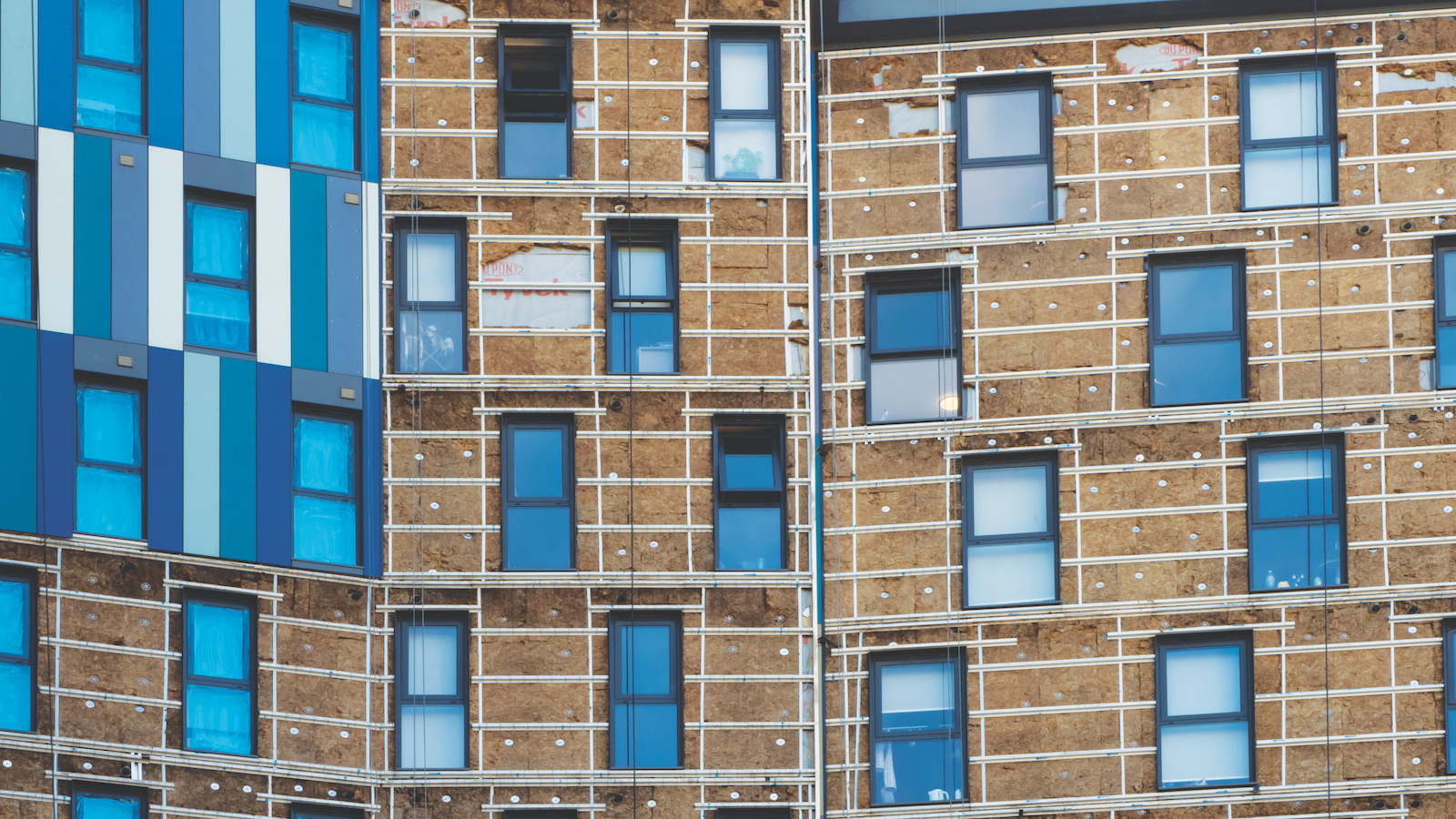
In December 2024, the government issued its Remediation Acceleration Plan. Its primary goal was to achieve the remediation of all residential buildings 18m high and above with unsafe cladding in a government-funded scheme by the end of 2029.
The government’s plan identified several barriers to the pace of remediation, such as landlord reluctance, constrained regulatory and contractor capacity, developer inconsistency and third-party disputes. But are the remedies introduced by the Building Safety Act 2022 also becoming an obstacle to the pace of remediation?
The National Audit Office estimates that the total cost of remediation of residential buildings over 11m will be £16.6bn. Of this figure, £9.1bn is anticipated to be paid by the Ministry of Housing, Communities and Local Government, with the remainder sourced from developer contributions and the incoming Building Safety Levy on new developments. Developers have so far committed around £3.2bn under the self-remediation contract.
New suite of remedies
With such vast sums needing to be spent, it is little wonder that the various actors involved have looked to shift responsibility for paying the costs onto third parties wherever possible. By the time it was enacted, one of the goals of the Building Safety Act was to shift this financial responsibility onto developers and landlords, away from residential leaseholders.
The legislation did this partly by introducing a new suite of remedies, such as Remediation Orders, Remediation Contribution Orders and Building Liability Orders. The most notable feature of these remedies is that they afford the possibility of piercing the corporate veil, meaning that any company associated with the original developer can be required to pay.
The first two Remediation Contribution Order decisions issued by the First-tier Tribunal (FTT) demonstrate both the power of these remedies and the inadvertent delays that are being caused by them.
In Triathlon Homes LLP v Stratford Village Development Partnership, the FTT ordered that Get Living plc, as the parent company of the developer (albeit not the parent company at the time of the development) should pay the full cost of remediation of the building: £17,957,041.50. The decision was appealed and it is due to be heard by the Court of Appeal in March 2025, well over a year since the original tribunal decision, during which time the outcome remains uncertain.
Meanwhile, Vista Tower in Stevenage has so far been the subject of two separate FTT decisions. The first, DLUHC v Grey GR Limited Partnership granted the government’s application for a remediation order against Grey, the railway workers’ pension fund. The second, Grey GR Limited Partnership v Edgewater (Stevenage) Limited and others, determined Grey’s application for a remediation contribution order against 96 companies associated with the original developer, to require them to pay for the costs of remediation.
Slowing remediation
The result of two separate rounds of hard-fought, expensive litigation, is that the remediation works are due to be completed by 9 September 2025 and the total remediation costs of £13,262,119 are due to be paid by not less than 76 companies on a joint and several liability basis. It remains to be seen whether further litigation will be required to resolve this latter issue of who pays between the 76 associated parties.
Where developers have claims against the building contractor or professional team that were responsible for designing and constructing the building, this needs to be resolved separately and based on a different set of rules and standards, which can result in yet further litigation. Here, the availability of Building Liability Orders under the Building Safety Act achieves a similar effect of vastly increasing the range of companies that might ultimately be held liable.
The effect of this, when allied with the shortage of suitably skilled (and insured) contractors and fire engineers, the serious teething difficulties experienced by the Building Safety Regulator, and the overall complexity of the legislation concerning fire safety, is that remediation projects often do not appear to be moving any faster than they were before the Building Safety Act.
By vastly increasing both the range of available remedies and the potential range of third parties that can be made responsible for the costs of remediation, the Building Safety Act is arguably making it a slower and less certain process to identify who will ultimately be held to account to pay for the costs of remediation.
This means that costs have been shifted away from leaseholders, but the process of identifying who will now incur those costs is increasingly complex and hard-fought.
It is possible that we will get some clear decisions from the higher courts on appeal over the coming months to settle some of the arguments that are currently holding up individual cases. Until that happens, the Building Safety Act could be said to be slowing down remediation in some cases, rather than accelerating it.
Douglas Rhodes is a partner at Trowers & Hamlins.



